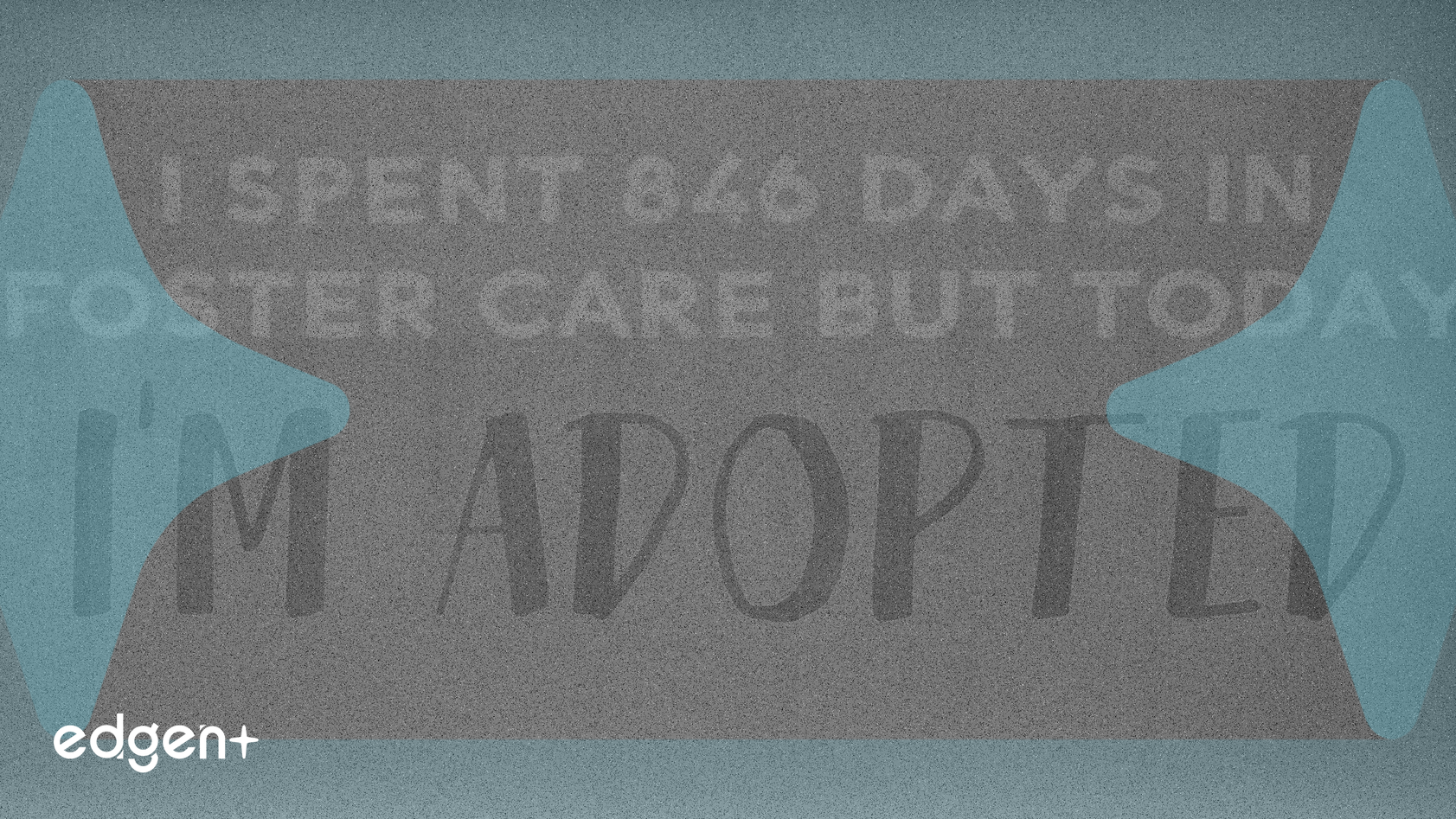Executive Summary
The cryptocurrency market is experiencing an accelerating trajectory towards mainstream financial integration, marked by significant institutional engagement and foundational technological advancements. This shift redefines digital assets from purely speculative ventures to integral components of global finance, driven by robust stablecoin expansion and the integration of blockchain technology into established financial infrastructure.
The Event in Detail
The financial landscape of digital assets demonstrates a profound evolution, underpinned by explicit data points illustrating increasing adoption. Stablecoins have become a pivotal element in this growth, registering an annual transaction volume exceeding USD 4 trillion between January and July 2025. This volume represents 30% of the total crypto transaction volume during the same period, with Tether (USDT) and Circle (USDC) dominating 93% of the fiat-backed stablecoin market capitalization. More than 90% of these stablecoins are pegged to the US dollar, underscoring their critical role in facilitating global transactions.
Concurrently, traditional financial infrastructure is adapting to blockchain capabilities. SWIFT, the global financial messaging network facilitating over $150 trillion in annual transactions across 11,000 institutions, is scheduled to integrate blockchain support by November 22, 2025. This upgrade will enable payment messages to contain wallet addresses, reference smart contracts, and settle tokenized assets, effectively embedding blockchain-native features into the global financial message layer. This includes support for Digital Ledger Identifiers (DLIs) and Digital Token Identifiers (DTIs), allowing for CBDCs and crypto wallets as valid cash account endpoints.
Market Implications
This mainstreaming of digital assets carries substantial implications for the broader market and corporate strategies. Bitcoin, for instance, is increasingly viewed as a legitimate capital allocation vehicle, rather than merely a speculative asset. Trading near $114,000, its recovery is characterized as a fundamental shift, with the concept of "Bitcoin replacing gold" gaining traction as safe-haven flows shift from precious metals to digital assets with perceived stronger growth potential.
Cryptocurrency exchanges are also expanding their market share relative to traditional bourses. Binance maintains a 42.3% global spot trading market share as of Q3 2025. Coinbase saw its trading volume surge 28% year-over-year, reaching $234 billion in Q2 2025, while OKX's derivatives volume exceeded $1.3 trillion in September 2025. Institutional investors now account for 42% of total exchange trading volume, a significant increase from 26% in 2023, signaling a substantial shift in market participation.
However, this increased corporate engagement has prompted closer scrutiny from regulators and exchanges. Nasdaq is tightening rules on listed companies that raise funds to acquire cryptocurrencies to boost stock prices. Companies will now require shareholder approval before issuing new shares or accumulating tokens, reflecting a stricter stance on corporate crypto strategies, particularly in light of precedents set by entities like MicroStrategy.
Broader Context
The underlying business logic driving blockchain adoption extends beyond financial speculation. Businesses across various sectors are leveraging blockchain for enhanced transparency, security, and efficiency. This includes applications in supply chain management for real-time tracking, financial services through automated smart contracts, identity management with digital IDs, and intellectual property protection via NFT marketplaces.
Furthermore, blockchain technology is demonstrating significant humanitarian impact. Organizations such as the World Food Programme (WFP), UNHCR, and UNICEF are utilizing blockchain to deliver aid more efficiently. The WFP's Building Blocks platform has delivered over $325 million to more than one million refugees since 2017, and in 2024, its system saved an estimated $67 million by coordinating assistance for over 65 aid organizations in Ukraine. This showcases crypto's evolving role from a speculative asset class to a critical technological infrastructure addressing global challenges and driving mainstream integration, positioning it as a carrier of technology rather than a domain solely for speculative endeavors.
source:[1] Crypto's Next Step: Becoming Mainstream (https://www.techflowpost.com/article/detail_2 ...)[2] Top 5 Business Use Cases for Blockchain in 2025 | LevelsTech (https://vertexaisearch.cloud.google.com/groun ...)[3] 2025 Crypto Adoption and Stablecoin Usage Report - TRM Labs (https://vertexaisearch.cloud.google.com/groun ...)



